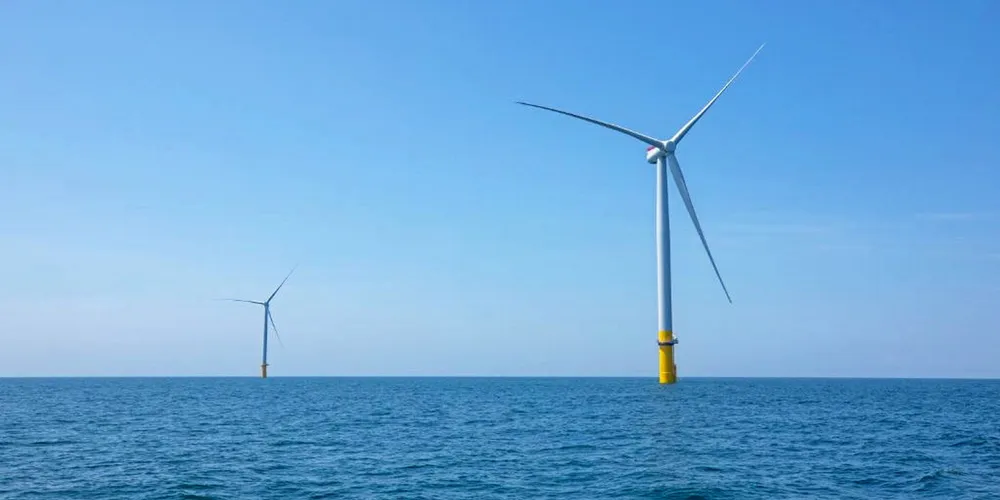Concerns emerge over $10bn Dominion US offshore wind giant as state queries costs
Virginia utility taken to task by regulators on 'reasonableness and prudence' of including renewable energy credits and other factors in first capital expenditure estimates for 2.6GW CVOW development

One of the largest wind power projects planned for the US Atlantic, the $10bn Coastal Virginia Offshore Wind (CVOW) array being developed by utility Dominion Energy, could overshoot its capital expenditure forecast by over 20%, potentially breaching budgetary thresholds set by the commonwealth, according to regulator the Virginia State Corporation Commission (SCC).
“After running [levellised cost of energy] LCOE sensitivity analyses, [we] cannot conclude that LCOE will necessarily remain under $125 per MWh over the lifetime of the project,” said Katya Kuleshova, strategic planning specialist for the SCC’s public utility regulator department.
“If the commission were to adopt [these analyses, Dominion] would no longer receive the benefit of the presumption of reasonableness and prudence,” she added
Dominion's director of offshore wind, GT Hollett, argues the utility has a track-record of meeting budget and development deadlines of major projects.
Dominion occupies a unique niche in offshore wind development in being the only state-regulated, vertically integrated utility leading an offshore wind project. Virginia’s Clean Economy Act (VCEA) in 2020, requires that Dominion generate 100% of its power from renewable sources by 2045, including 5.2GW of offshore wind by 2034.
Dominion director of offshore wind GT Hollet
Unlike other US states with large-scale offshore wind programs where the developer assumes the project risk, Virginia’s top-down approach includes cost-recovery mechanisms that transfers the risk to ratepayers, who will pay Dominion for the asset through higher electricity rates regardless of its performance, as happens for any other generation asset developed by Dominion.
To protect ratepayers from exorbitant costs, the VCEA places a cap on offshore wind project LCOE equivalent to 1.4 times the LCOE of a combined cycle gas power plant, as assessed by the US’ Energy Information Agency.
At issue are the variables factored into the LCOE, with the SCC stating that Dominion’s was overly optimistic on some fronts while ignoring other variables that might raise costs. The SCC highlighted Dominion’s inclusion of renewable energy credits/certificates (RECs) into the calculation, which discounted the LCOE by $9.41/MWh.
RECs 'not usually used' in LCOE calculus
Samantha Woodworth, senior research analyst at S&P Global, speaking about RECs in general rather than the Dominion case: “REC revenues are a typical inclusion in the business cases of renewable developers and can directly impact the ultimate investment decision, though they’re not usually used in the derivation of LCOE.
Chang also recommended that the SCC “evaluate if the current utility-owned model for the CVOW is the most appropriate mechanism for the second 2.6GW of offshore wind for Virginia [and] might consider other forms of offshore wind procurement including but not limited to power purchase agreements and/or offshore renewable energy credits”, as are deployed in other markets.
Other issues raised by the SCC include Dominion’s assumption of a 43% capacity factor. While the utility's estimates are generally in line with the those of the US National Renewable Energy Laboratory (NREL), the SCC instead assumed a 38% capacity factor to account for turbine availability based on NREL studies regarding the wind turbine performance over time.
While the SCC’s criticisms were pointed, the commission did leave wiggle room for Dominion by stating that if total costs remain below $12.4bn, the project would not be in violation of state mandates.